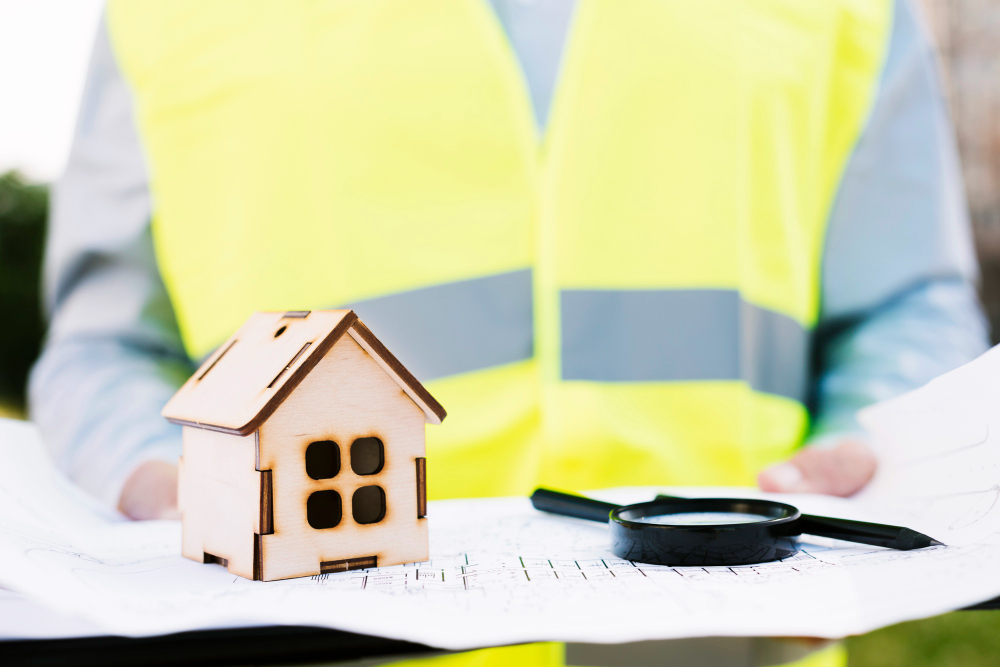 (888) 979-7969
(888) 979-7969
 (888) 979-7969
(888) 979-7969

When disaster strikes, such as water damage or a fire in your home, you'll want to ensure that you have the right insurance coverage to protect your property and belongings. In such situations, a loss adjuster in Orlando, FL will conduct an investigation to determine the extent of the damage and its cost. This is where the underwriting and re-inspection process come into play. In this blog post, we'll take a closer look at what these processes entail, and how they impact the outcome of your insurance claim.
Underwriting is the process of evaluating risks to determine whether an insurance policy should be issued, and if so, at what rate. In other words, it's the process of assessing the likelihood of a claim being made, and how much that claim could potentially cost. The underwriting process includes examining factors such as the age and condition of the property, the type of coverage being sought, and the insured's credit history. Once the underwriting process is complete, an insurance policy is issued, and the insured pays the appropriate premiums.
However, even after a policy has been issued and premiums have been paid, there may be situations where the insurance company needs to re-inspect the property. For example, if the initial claim was for water damage, but it was later discovered that there was mold damage as well, the insurance company would need to re-inspect the property to confirm the extent of the mold damage and adjust the claim accordingly. Additionally, if the policy was issued several years ago, the insurance company might need to re-inspect the property to ensure that the coverage is still appropriate.
Once the re-inspection process is complete, the insurance company will adjust the claim based on the findings. This could result in an increase or decrease in the amount of the claim, depending on the extent of the damage. The insurance company may also choose to issue a revised policy that reflects any changes in the coverage or rates as a result of the re-inspection.
The underwriting and re-inspection processes in loss adjusting are critical to ensuring that insurance policies accurately reflect the risk and extent of damage to a property. If you're making an insurance claim, it's important to understand these processes to ensure that you receive the appropriate compensation for your losses. At Ultra Property Damage, we have the experience and expertise to navigate the complex world of insurance claims and ensure that you receive the best possible outcome. If you're looking for a loss adjuster in Orlando, FL, contact us today for a free consultation and let us help you through the underwriting and re-inspection process.